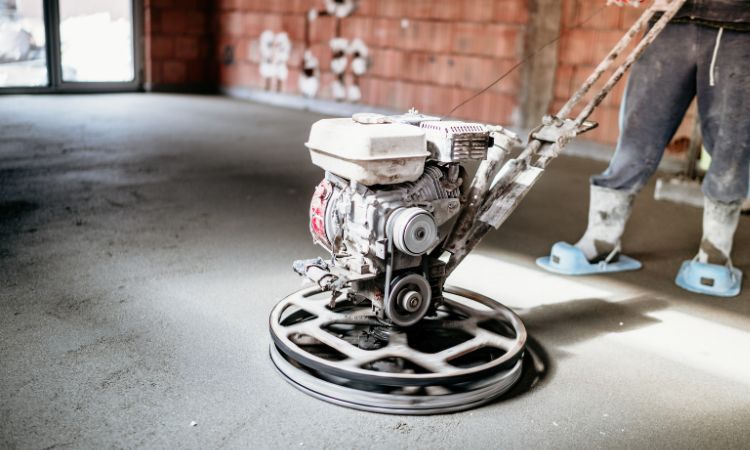
In an industry where the blue skies are both a workplace and a metaphor for boundless opportunities, the role of a flight attendant is synonymous witha glamour, travel, and a keen sense of adventure. Yet, beneath the veneer of luxury and high-flying lifestyles, there’s a training program that could seem more turbulent than the skies themselves, likened to a first-class ticket on the educational Express.
But is the traditional timeframe for a flight attendant course the most optimal and efficient to produce the finest cabin crew professionals? We’ll explore why some advocate for a longer runway in flight attendant education to ensure a smoother takeoff for professionals, passengers, and airlines alike.
Setting the Scene
To appreciate the nuances of flight attendant training, it is essential to understand the depth of responsibilities encapsulated in this pivotal passenger-facing role. Beyond serving refreshments with a smile, a flight attendant must be part nurse, part diplomat, and part security expert. The intensive nature of the job—caring for the safety, comfort, and well-being of travellers across varied conditions and circumstances—is a multifaceted challenge that demands adaptability and resilience. Consider doing the Online flight attendant certification Course.
The Current Standard in Flight Attendant Education
The typical length of a flight attendant training course hovers around 4-8 weeks. This compressed timeframe provides a rudimentary foundation in aircraft safety, onboard service, and crisis management. However, critics assert that the short duration might be inadequate for the depth of subject matter these professionals are expected to master. A flight attendant’s role is not just about the scripted service and safety speech but understanding the underlying principles and knowing how to apply them under real-world pressures.
The Condensed “Crash Course”
Pardon the pun, but the accelerated nature of many flight attendant courses, often dubbed “crash courses”, does raise concerns about the breadth and quality of education that aspiring cabin crew members receive. The pressure-cooker environment during training does prepare them for the intensity of the job but at what cost?

Technical Training Versus Soft Skills
Balancing technical instruction—like learning to operate emergency equipment and managing in-flight medical situations—with soft skills development, such as customer service excellence and de-escalation techniques, is a monumental task in the short span of a few weeks. An extended program could allow for a deeper exploration of all these facets, ensuring that flight attendants are not just service personnel but a pillar of safety and professionalism in the skies.
Advocating for an Extended Flight Attendant Course
The movement toward a more extended flight attendant course champions a learning experience that is not only more comprehensive but also allows candidates to internalize their knowledge over time. Here’s why a longer training period could be more beneficial for all parties.
The Argument for Extended Safety and Technical Training
An extra few weeks or months may not seem significant, but it could mean the difference between a flight attendant who is situationally aware and one who is truly prepared for any eventuality. Carving out additional time for safety and technical training could enhance not just the knowledge but also the muscle memory that is crucial in an emergency.
A Deeper Dive Into Customer Care and Cultural Competence
Understanding that each flight is a microcosm of the world, an extended curriculum can place a more explicit emphasis on cultural awareness and customer care that goes beyond standard courtesy. This is critical in an era where airlines are increasingly global, and passengers represent diverse cultures and expectations.
Lifelong Learning and Continuous Professional Development
The aviation industry is dynamic and subject to rapid advancements and changes. Longer training programs can instil an ethos of continuous learning, making flight attendants more adaptable to new technologies, updated procedures, and evolving service standards.
Anticipating the Industry’s Response
Predictably, the call for longer training will meet opposition, primarily on grounds of cost and time-to-hire. Airlines, of course, seek to balance the quality of service with the economic realities of the business. However, the investment in longer training could mitigate potential costs of negligence, medical emergencies, and even issues related to customer dissatisfaction.
Partnerships and Innovative Models
One potential avenue for the industry to explore is collaboration with educational institutions and the adaptation of more adaptable and blended learning models. These could incorporate e-learning, VR simulations, and real-world internships that complement the in-class and on-the-job aspects of training.

In Conclusion: A Soft Landing for the Airline Industry
Flight attendant training is crucial for the safety and quality of the airline industry. Longer training may unlock the full potential of cabin crew members. Airlines have the opportunity to exceed minimum standards and provide passengers with an excellent flight experience. The question is not whether flight attendant courses need a longer time but whether the industry can afford not to provide it.




















